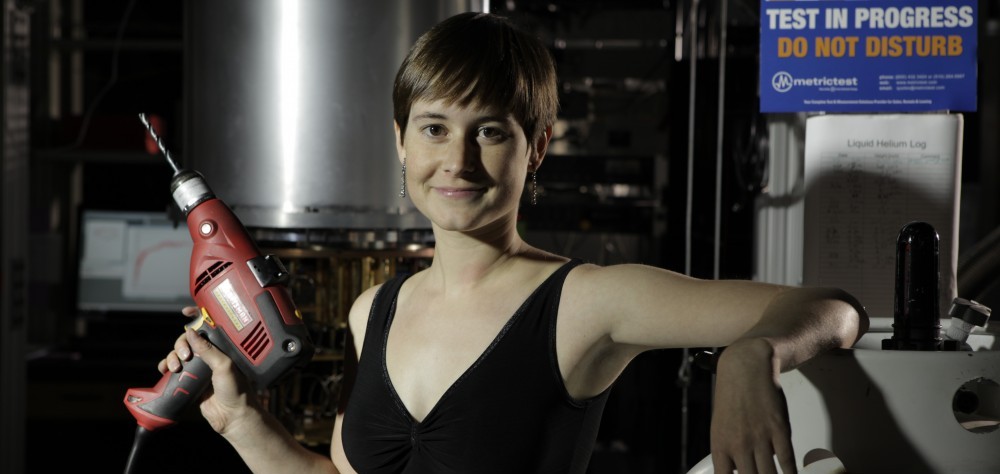Shortly after learning of the Institute for Quantum Information and Matter, I learned of its poetry.
I’d been eating lunch with a fellow QI student at the Perimeter Institute for Theoretical Physics. Perimeter’s faculty includes Daniel Gottesman, who earned his PhD at what became Caltech’s IQIM. Perhaps as Daniel passed our table, I wondered whether a liberal-arts enthusiast like me could fit in at Caltech.
“Have you seen Daniel Gottesman’s website?” my friend replied. “He’s written a sonnet.”
Digesting this news with my chicken wrap, I found the website after lunch. The sonnet concerned quantum error correction, the fixing of mistakes made during computations by quantum systems. After reading Daniel’s sonnet, I found John Preskill’s verses about Daniel. Then I found more verses of John’s.
To my Perimeter friend: You win. I’ll fit in, no doubt.
Exhibit A: the latest edition of The Quantum Times, the newsletter for the American Physical Society’s QI group. On page 10, my enthusiasm for QI bubbles over into verse. Don’t worry if you haven’t heard all the terms in the poem. Consider them guidebook entries, landmarks to visit during a Wikipedia trek.
If you know the jargon, listen to it with a newcomer’s ear. Does anyone other than me empathize with frustrated lattices? Or describe speeches accidentally as “monotonic” instead of as “monotonous”? Hearing jargon outside its natural habitat highlights how not to explain research to nonexperts. Examining names for mathematical objects can reveal properties that we never realized those objects had. Inviting us to poke fun at ourselves, the confrontation of jargon sprinkles whimsy onto the meringue of physics.
No matter your familiarity with physics or poetry: Enjoy. And fifty points if you persuade Physical Review Letters to publish this poem’s sequel.
Quantum information


It reads interesting to sew all the jargon together in a poem!
“Examining names for mathematical objects can reveal properties that we never realized those objects had.” Indeed! Sometimes a good name of mathematical objects does help us see them more clearly. Now I’m reviewing GR again, and found some jargon, like “atlas” of the manifold, very good name. So I think for physicists and mathematicians, besides solving problem, it’s also worth taking time to come up with a good jargon in order to get the idea across 🙂
Thanks for the insight! “Atlas” does indeed sound like an illustrative term in the context of GR. I intend to write more about names in physics and math — stay tuned!
Cool poem! I think one of the cool things about physics and math poetry is how it shows how versatile and meaning-filled a lot of scientific language is, so that we can use it to talk about things that have nothing to do with science. There’s a lot of metaphorical potential there. I do these sorts of poems occasionally. I posted one on my blog a couple months back: http://4gravitonsandagradstudent.wordpress.com/2013/02/14/valentines-day-physics-poem/
Agreed! Everyday words acquire physics meanings, and physics terms migrate into everyday conversations. (I once analyzed catalogued and analyzed instances of the latter terms for a folklore database. Having analyzed physics ideas from algebraic, geometric, physical, etc. standpoints, I got a kick out of analyzing them from a folklorist’s standpoint.) Poems help us to figure out what we’re saying.
Thanks for sharing your poem; I found it piercing. May your future Valentine’s Days involve terminology more like “unit probability of success.”
Pingback: Mt. Hope Academy @ The Live & Learn Studio ~ September 2013 | Mt Hope Chronicles
Pingback: Blog - physicsworld.com
Pingback: Lectures with Peter Higgs, award-winning photographs, multidimentional shapes and more – Physics World
Pingback: Always appropriate | Quantum Frontiers